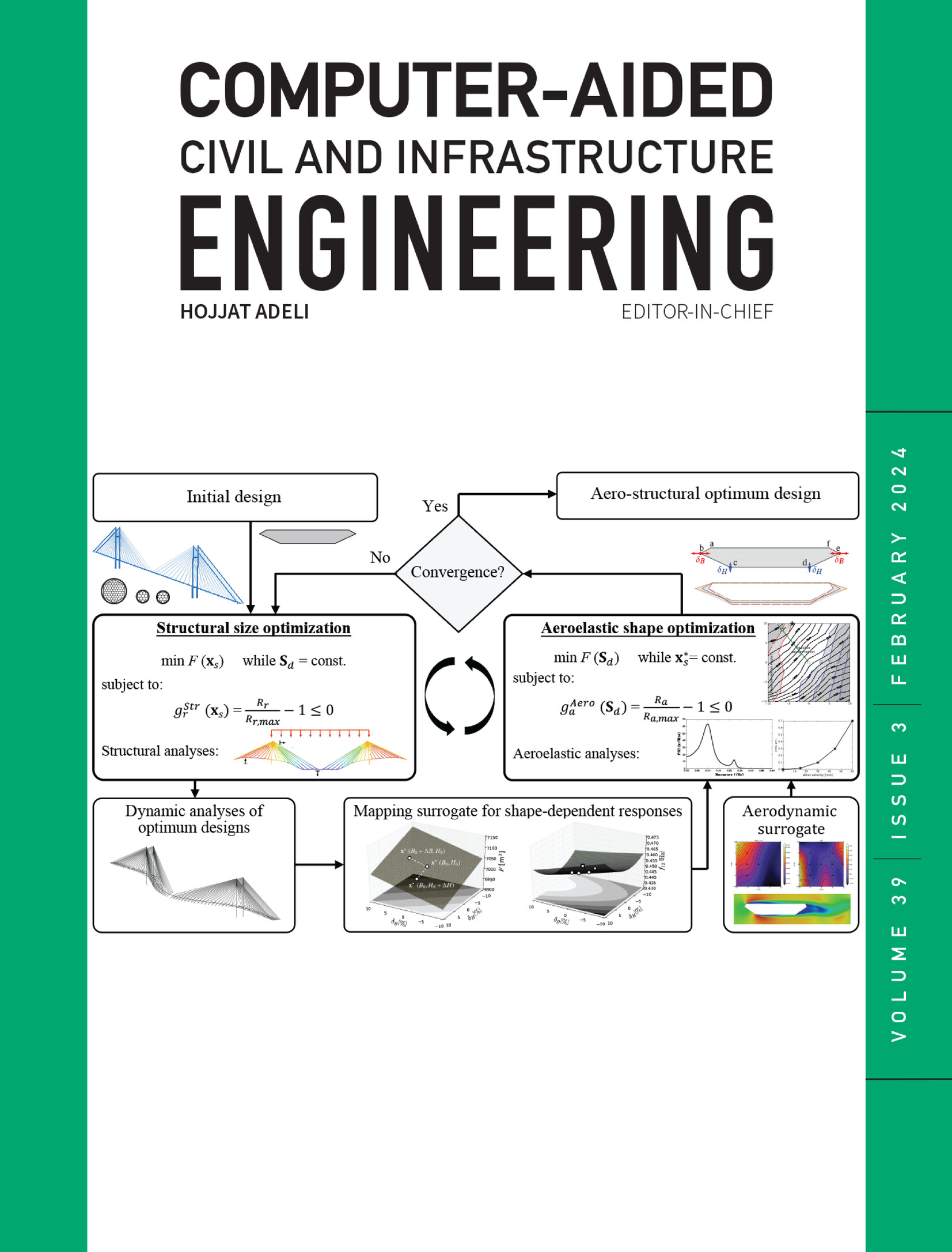A neural network-based automated methodology to identify the crack causes in masonry structures
IF 8.5
1区 工程技术
Q1 COMPUTER SCIENCE, INTERDISCIPLINARY APPLICATIONS
引用次数: 0
Abstract
Most masonry constructions exhibit significant crack patterns caused by differential foundation settlements. While modern numerical methods effectively address forward displacement-based problems, identifying the settlement causing a specific crack pattern remains an unsolved yet crucial challenge. For the first time, this research solves this highly non-linear back-engineering problem by proposing a robust and automated methodology synergizing artificial neural networks (ANNs) and the piecewise rigid displacement (PRD) method. The PRD's fast computational solving allows the generation of large datasets used to train specific ANNs through Levenberg–Marquardt and conjugate gradient algorithms. Using the location and widths of the main structural cracks as input, the proposed approach offers an instantaneous and accurate ANN-based identification of foundation settlements that cause the detected damage scenario. The method is first validated on semicircular arches, and after that, its potential and effectiveness are demonstrated in a real engineering scenario, represented by the Deba bridge in Spain.基于神经网络的砌体结构裂缝成因自动识别方法
大多数砌体建筑都会因不同的地基沉降而出现明显的裂缝。虽然现代数值方法能有效解决基于正向位移的问题,但识别导致特定裂缝模式的沉降仍是一项尚未解决的关键挑战。本研究首次提出了一种将人工神经网络(ANN)和片断刚性位移(PRD)方法相结合的稳健、自动化方法,从而解决了这一高度非线性的逆向工程问题。PRD 的快速计算求解允许生成大型数据集,用于通过 Levenberg-Marquardt 和共轭梯度算法训练特定的人工神经网络。利用主要结构裂缝的位置和宽度作为输入,所提出的方法可基于 ANN 即时准确地识别导致检测到的损坏情况的地基沉降。该方法首先在半圆形拱桥上进行了验证,然后在以西班牙 Deba 桥为代表的真实工程场景中展示了其潜力和有效性。
本文章由计算机程序翻译,如有差异,请以英文原文为准。
求助全文
约1分钟内获得全文
求助全文
来源期刊
CiteScore
17.60
自引率
19.80%
发文量
146
审稿时长
1 months
期刊介绍:
Computer-Aided Civil and Infrastructure Engineering stands as a scholarly, peer-reviewed archival journal, serving as a vital link between advancements in computer technology and civil and infrastructure engineering. The journal serves as a distinctive platform for the publication of original articles, spotlighting novel computational techniques and inventive applications of computers. Specifically, it concentrates on recent progress in computer and information technologies, fostering the development and application of emerging computing paradigms.
Encompassing a broad scope, the journal addresses bridge, construction, environmental, highway, geotechnical, structural, transportation, and water resources engineering. It extends its reach to the management of infrastructure systems, covering domains such as highways, bridges, pavements, airports, and utilities. The journal delves into areas like artificial intelligence, cognitive modeling, concurrent engineering, database management, distributed computing, evolutionary computing, fuzzy logic, genetic algorithms, geometric modeling, internet-based technologies, knowledge discovery and engineering, machine learning, mobile computing, multimedia technologies, networking, neural network computing, optimization and search, parallel processing, robotics, smart structures, software engineering, virtual reality, and visualization techniques.

 求助内容:
求助内容: 应助结果提醒方式:
应助结果提醒方式:


